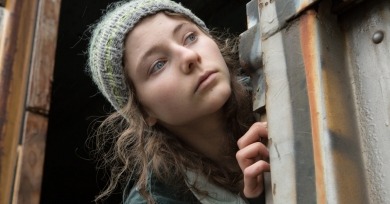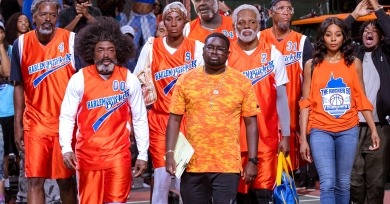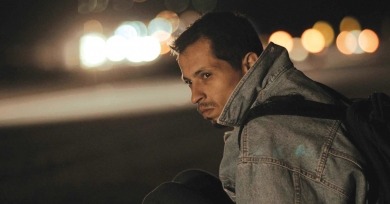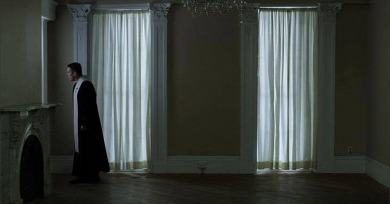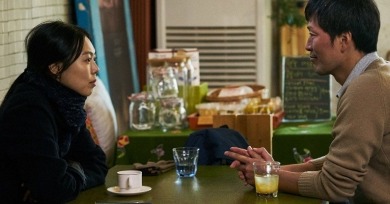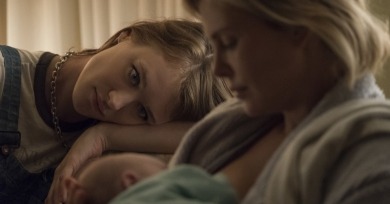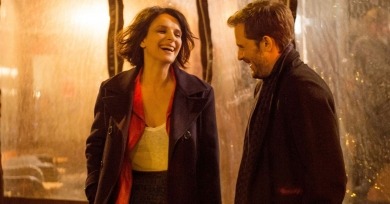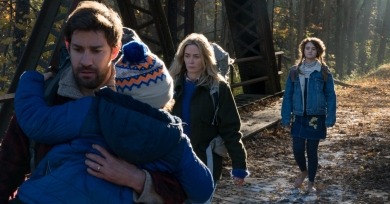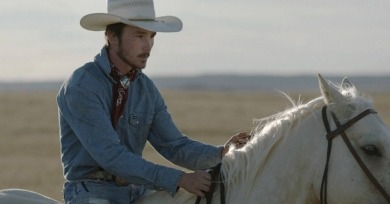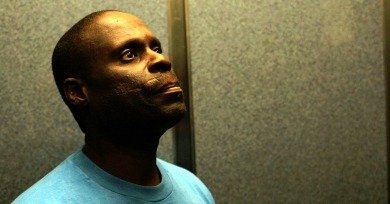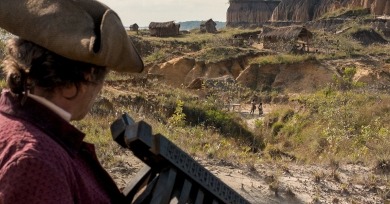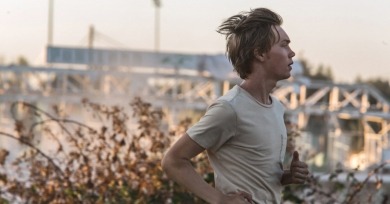Reviews
Filling the big screen canvas with the small-screen desktop space, Unfriended: Dark Web is cinema for the age of the post-cinematic affect.
Will is affected by not just PTSD but also a self-serving, deluded masculinity that is killing his relationship with the only person he has in this world. The central, intentional frustration of the film stems from our desire to see them stay together, even as he is denying his daughter the life and community she so desperately needs and craves.
It contains a crowd-pleaser dance-off, and not one, but two Viagra jokes . . . Did you know it is possible to mist up and roll your eyes at the same time?
Araby is a film in the form of an inquest, a postmortem investigation, searching for the key to unlock an extinguished existence, as though any one thing could suffice to explain a death, much less a life.
Writer/director Jim McKay’s fifth feature, and his first since 2005’s Angel Rodriguez, is his most tightly plotted film yet, propelled by a momentum that’s often exhilaratingly fleet. Yet his emphasis on his characters’ everyday stakes keeps the film from feeling lightweight.
A very good actor who has in recent years grown into a great one, Hawke gives an extraordinarily controlled performance as a man struggling mightily to retain dominion over himself.
If Hong is indeed the best that we have got, there is something troubling about this fact. For it should detract nothing from the integrity of his body of work to say that, when taken altogether, it is a quintessential expression of a cinema of disappointment and diminished expectations.
Even the most resourceful, imaginative filmmaker would be hard-pressed to redeem the screenplay, specifically the lengths to which Cody goes to disguise the true nature of the story, and also the underlying reasons for the charade, which are unconvincing and in bad faith.
That Denis can produce a work that, without a trace of preciousness, is equal parts indebted to Barthes and Chicago blues, connected as arm is to shoulder to the film-historical legacy of post-New Wave French filmmaking, is only further justification for claim that the 71-year-old is the greatest working director over the last two decades.
Though it bears the markings of a gut-wrenching horror film, A Quiet Place is stubbornly optimistic about the existing order.
“It is a time when this country is under a lot of criticism, rightly so, and I have found my place in portraying certain things, but showing them to you in a way that you get to make your own judgment. And so far, I have been very moved that people want to see the good of this country.”
Gibson shows that filmmaking is an extension of a practice that is already proactive and lived. The evolving relationship between filmmaker and subject is retained implicitly in nearly every shot and interaction.
If one of the principal powers and pleasures of cinema is its ability to momentarily suspend thoughts or cares about what lies outside the frame, then Zama can be taken an object lesson in manipulation. Every strenuously controlled moment and movement constitutes an irresistible entreaty to simply go blank and watch.
Charlie is seeking both shelter and solace, but also a simple yet elusive thing: connection. This aligns him with all of the protagonists that writer-director Haigh has brought to the screen in a career that feels increasingly major with each new project.

